When it comes to building muscle, knowing how many sets and reps to perform can make a world of difference. Whether you're a beginner or a seasoned lifter, understanding the right structure for your workouts ensures you maximize your gains efficiently.
How Many Sets and Reps to Build Muscle?
For optimal muscle growth, most training programs recommend performing 3 to 5 sets of 6 to 12 reps per exercise. This range strikes the right balance between mechanical tension and muscle fatigue, both crucial for hypertrophy.
Sets for Muscle Growth:
-
Beginners often start with 3 sets per exercise.
-
Intermediate and advanced lifters might benefit from 4 to 5 sets, especially when focusing on major muscle groups like the chest, back, and legs.
Reps for Muscle Growth:
-
Staying between 6 to 12 reps allows you to lift heavy enough to promote strength gains while doing enough volume to stimulate muscle fibers.
Muscle Gain Sets and Reps: Why They Matter
Your body needs enough workload (volume) to trigger muscle adaptation. Volume is calculated by multiplying sets x reps x weight lifted. Choosing the best number of reps and sets for muscle growth ensures you're providing enough stimulus without overtraining.
A typical mass-building plan might include:
-
Squats: 4 sets of 8 reps
-
Bench Press: 4 sets of 10 reps
-
Deadlifts: 3 sets of 6 reps
-
Rows: 4 sets of 12 reps
This structure combines heavy lifting and moderate volume, key elements for muscle hypertrophy.
Best Sets and Reps to Build Muscle Mass
If your primary goal is to build muscle mass, aim for the higher end of the set range (around 4-5 sets) and keep the reps moderate (8-12). Compound movements like squats, deadlifts, and presses should form the foundation of your routine.
Sets and Reps for Mass:
-
Prioritize progressive overload: gradually increase weight or reps over time.
-
Incorporate "back-off sets" with lighter weights and higher reps after heavy lifts to maximize hypertrophy.
Optimal Sets and Reps for Muscle Growth
The "optimal" number isn't one-size-fits-all. Factors like training age, genetics, and recovery ability influence what works best for you. However, research and practical experience suggest the sweet spot lies around:
-
4 sets per exercise
-
8 to 12 reps per set
-
Training each major muscle group 2 times per week
Splitting your routine (for example, upper body one day, lower body the next) allows for enough volume without overstressing any muscle group.
Is 2 Sets of 10 Reps Enough?
Two sets of ten reps can work for maintaining muscle or for beginners easing into resistance training. However, for significant muscle building, 2 sets are generally insufficient. Most lifters targeting hypertrophy should aim for at least 3-5 sets per exercise to ensure the muscles receive enough stimulus to grow.
Best Reps and Sets for Muscle Gain: Practical Examples
Here’s how a well-structured muscle-building session might look:
Upper Body Day:
-
Bench Press: 4 sets of 8-10 reps
-
Pull-Ups: 4 sets of 6-8 reps
-
Overhead Press: 3 sets of 10-12 reps
-
Dumbbell Row: 4 sets of 10 reps
Lower Body Day:
-
Squats: 4 sets of 8 reps
-
Romanian Deadlifts: 3 sets of 10 reps
-
Walking Lunges: 3 sets of 12 reps (each leg)
This balance ensures enough intensity and volume for steady progress.
Muscle Building Sets and Reps: Fine-Tuning Your Approach
Progressive overload remains the cornerstone of muscle growth. Each week, aim to either lift slightly heavier weights, perform more reps with the same weight, or add an extra set to your main exercises.
Also, don't underestimate the importance of:
-
Rest periods: 60-90 seconds between sets is ideal for hypertrophy.
-
Form: Strict technique ensures muscles, not momentum, do the work.
-
Recovery: Muscles grow outside the gym. Ensure adequate sleep and nutrition.
Final Thoughts
Building muscle isn't just about pushing heavy weights; it's about doing it smartly. By understanding and applying the right sets and reps for muscle gain, you maximize your efforts and speed up your progress. Remember: consistency, progressive overload, and smart programming are the keys to unlocking your full potential.


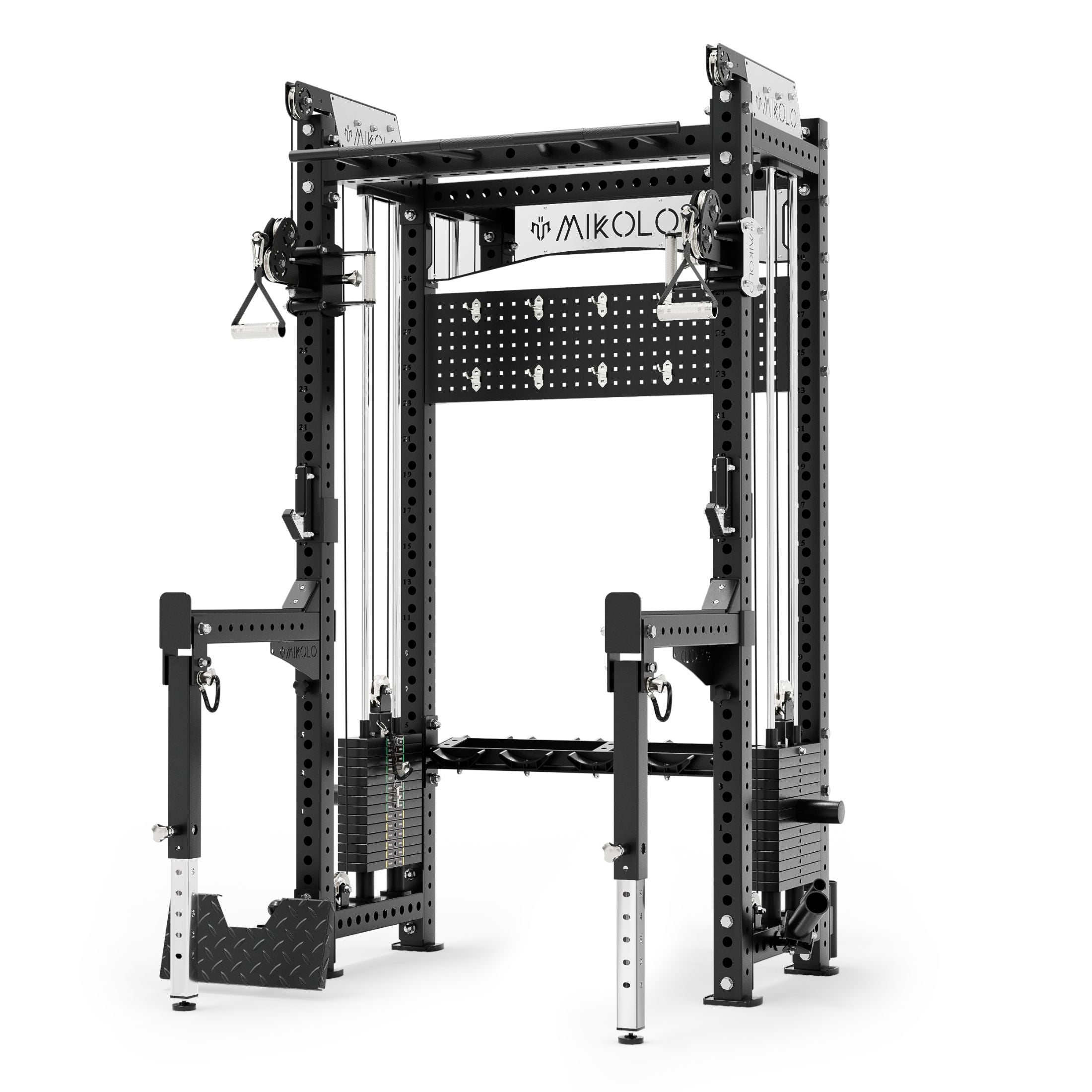

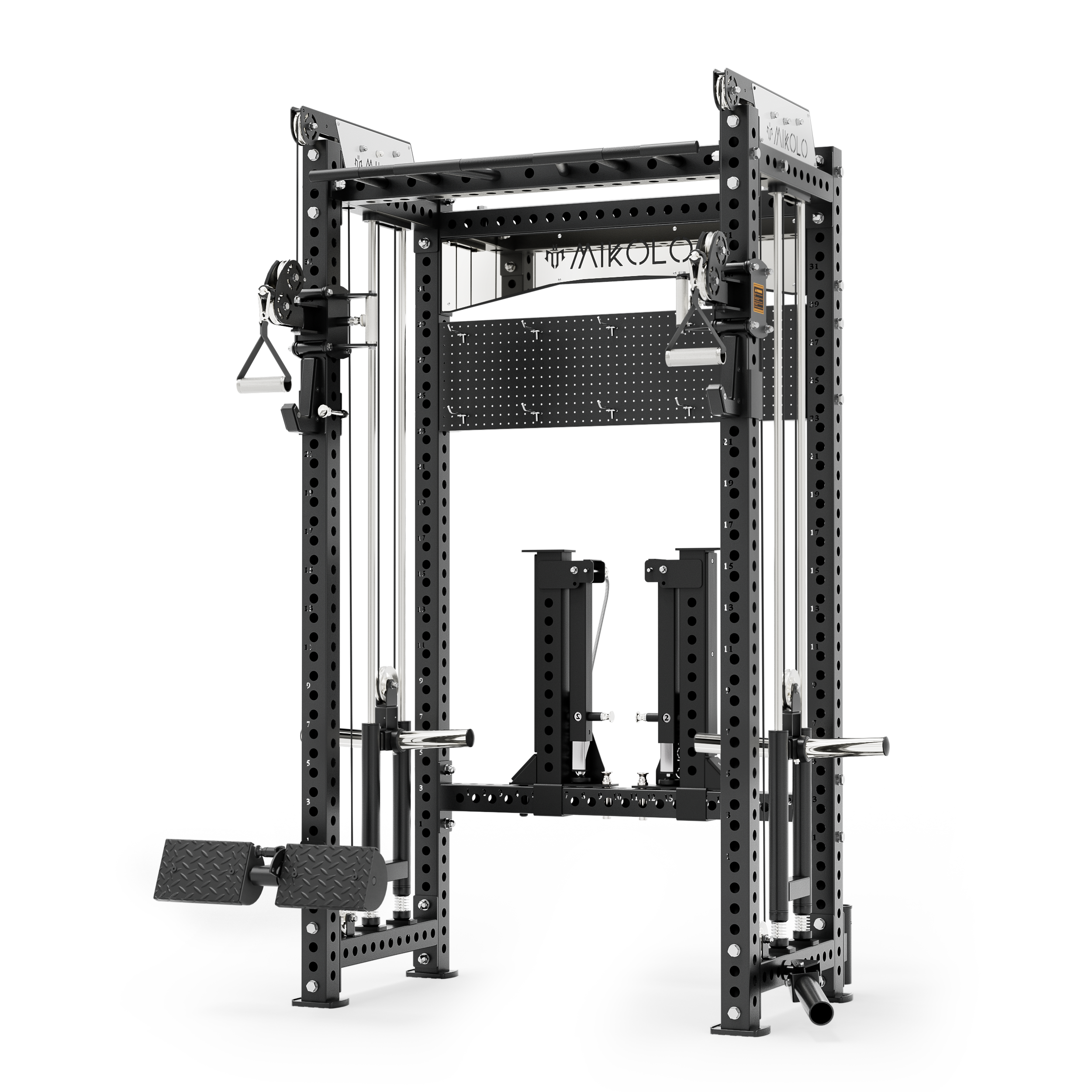


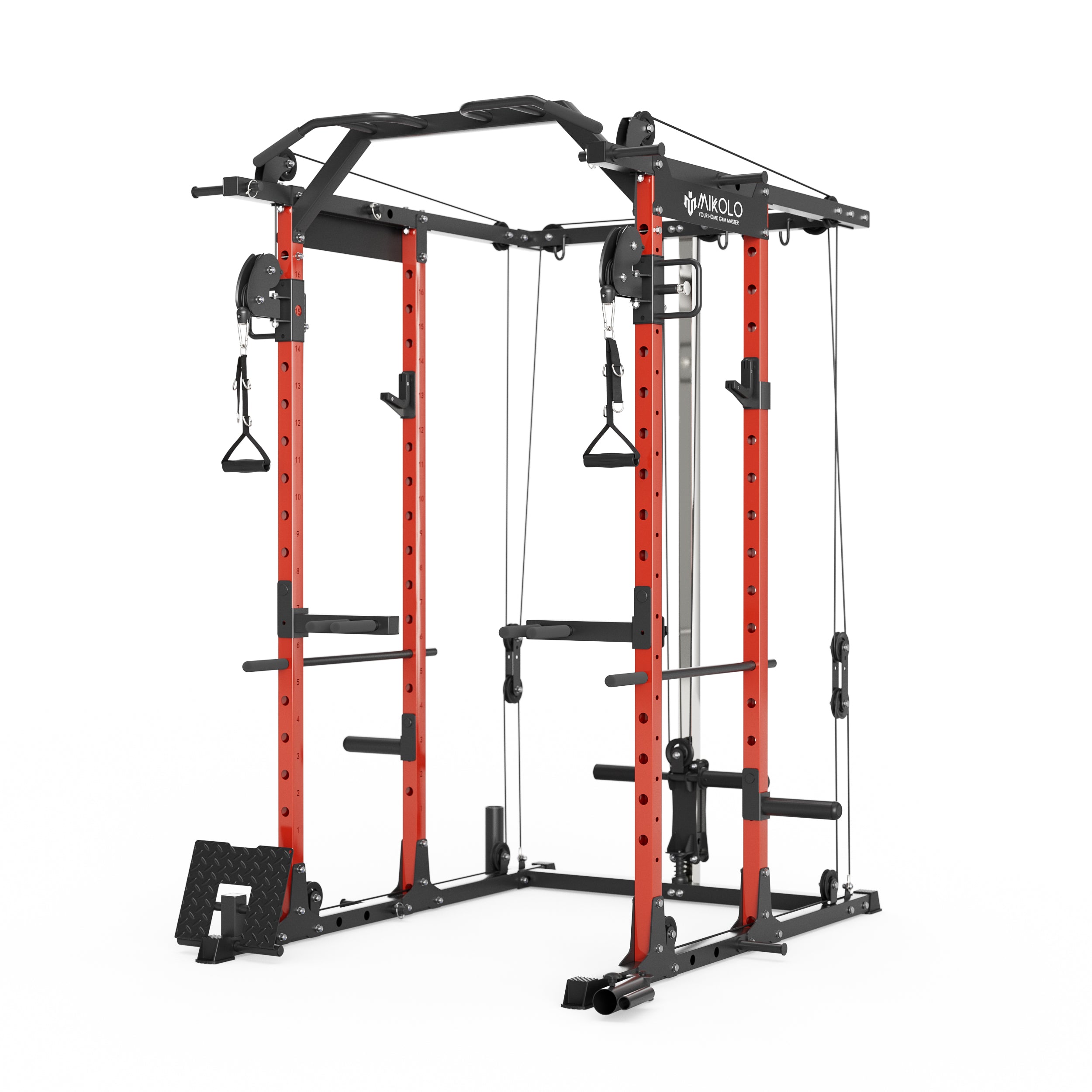
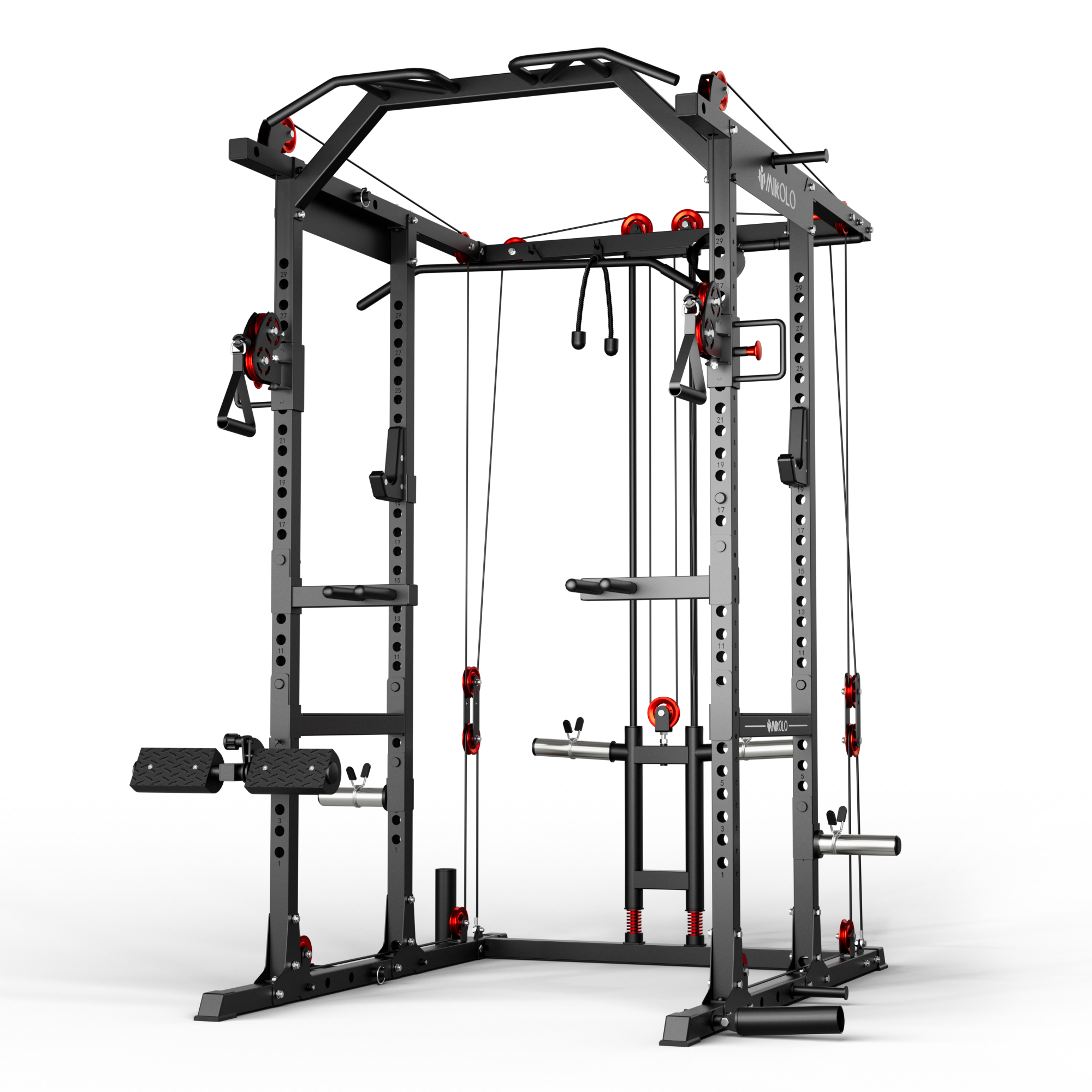

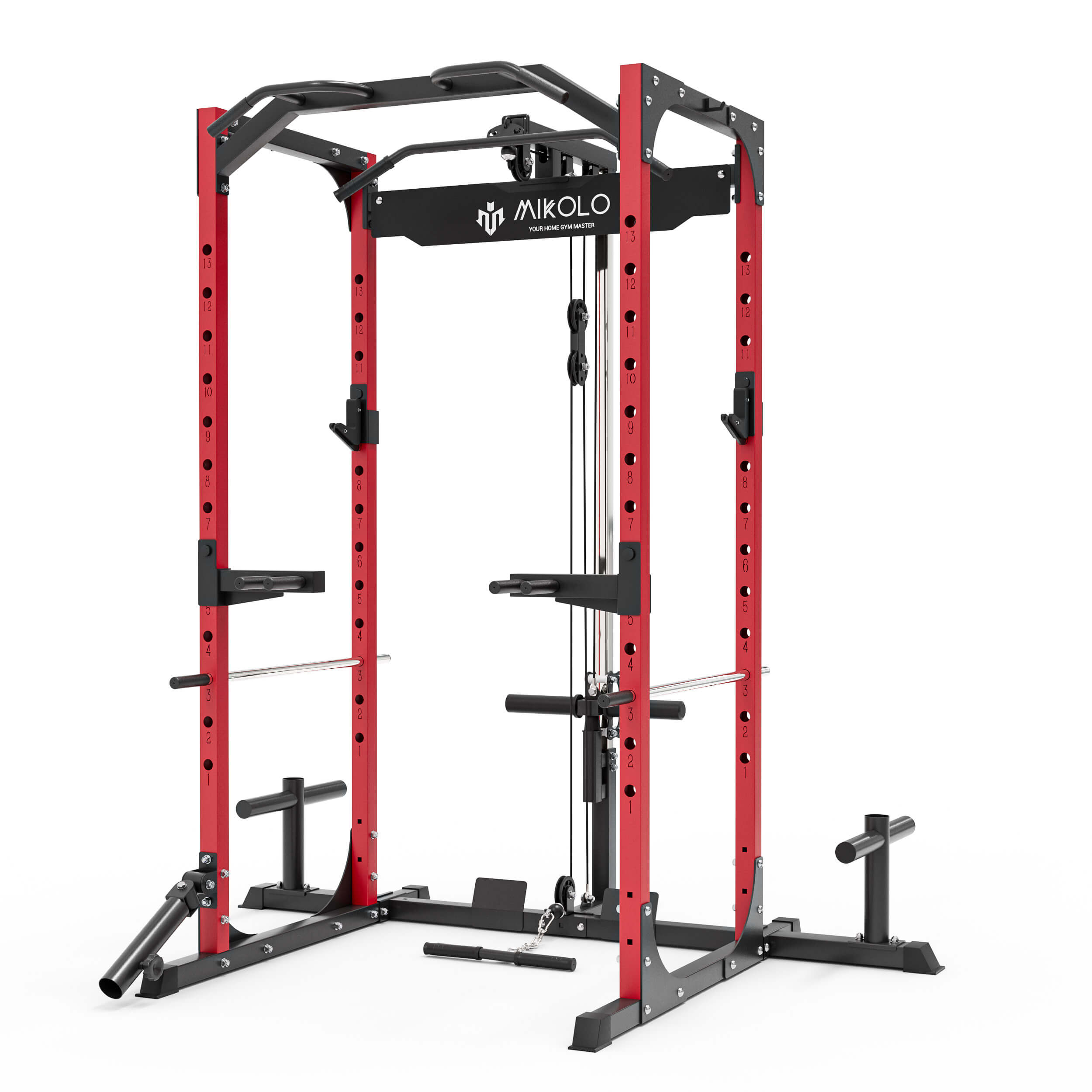
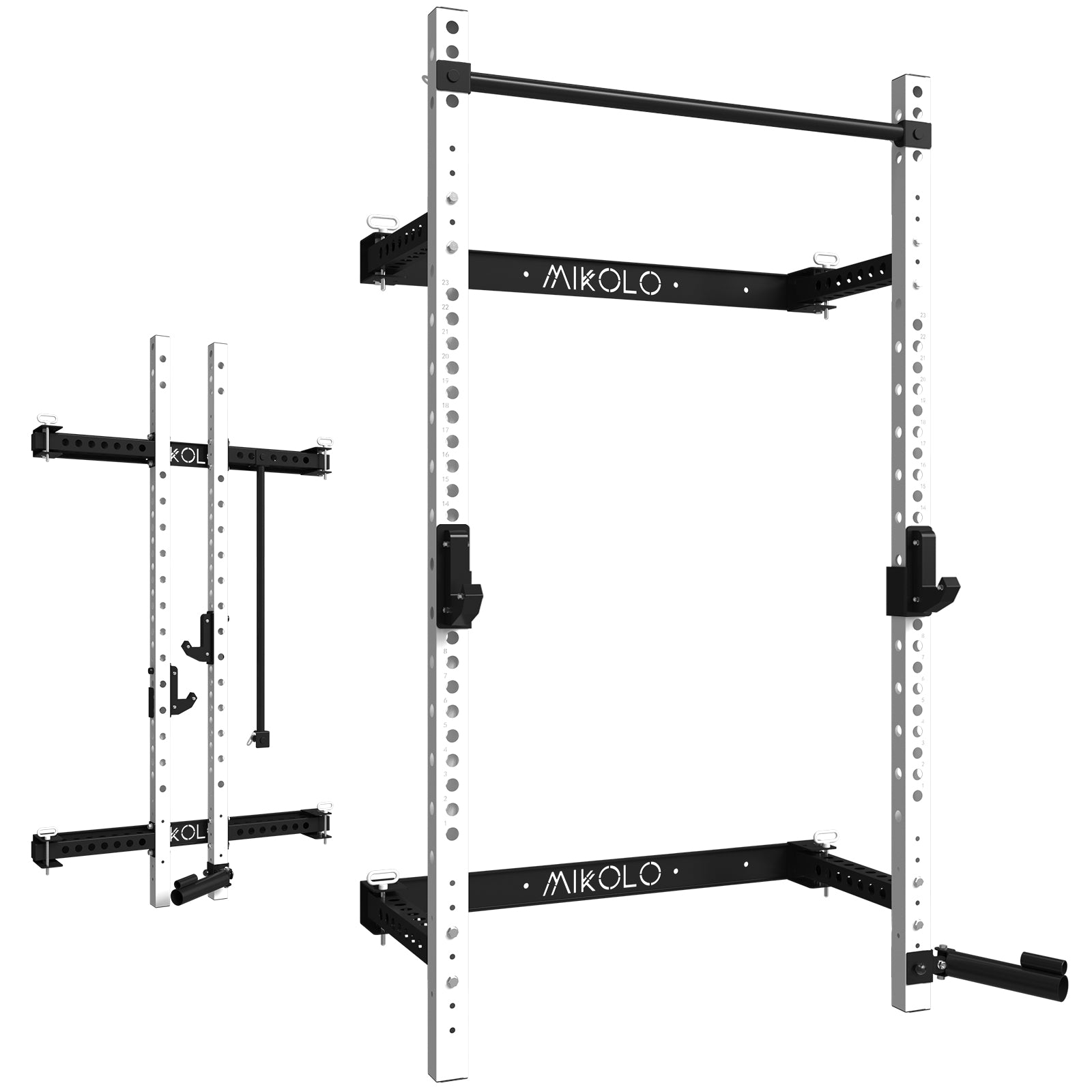


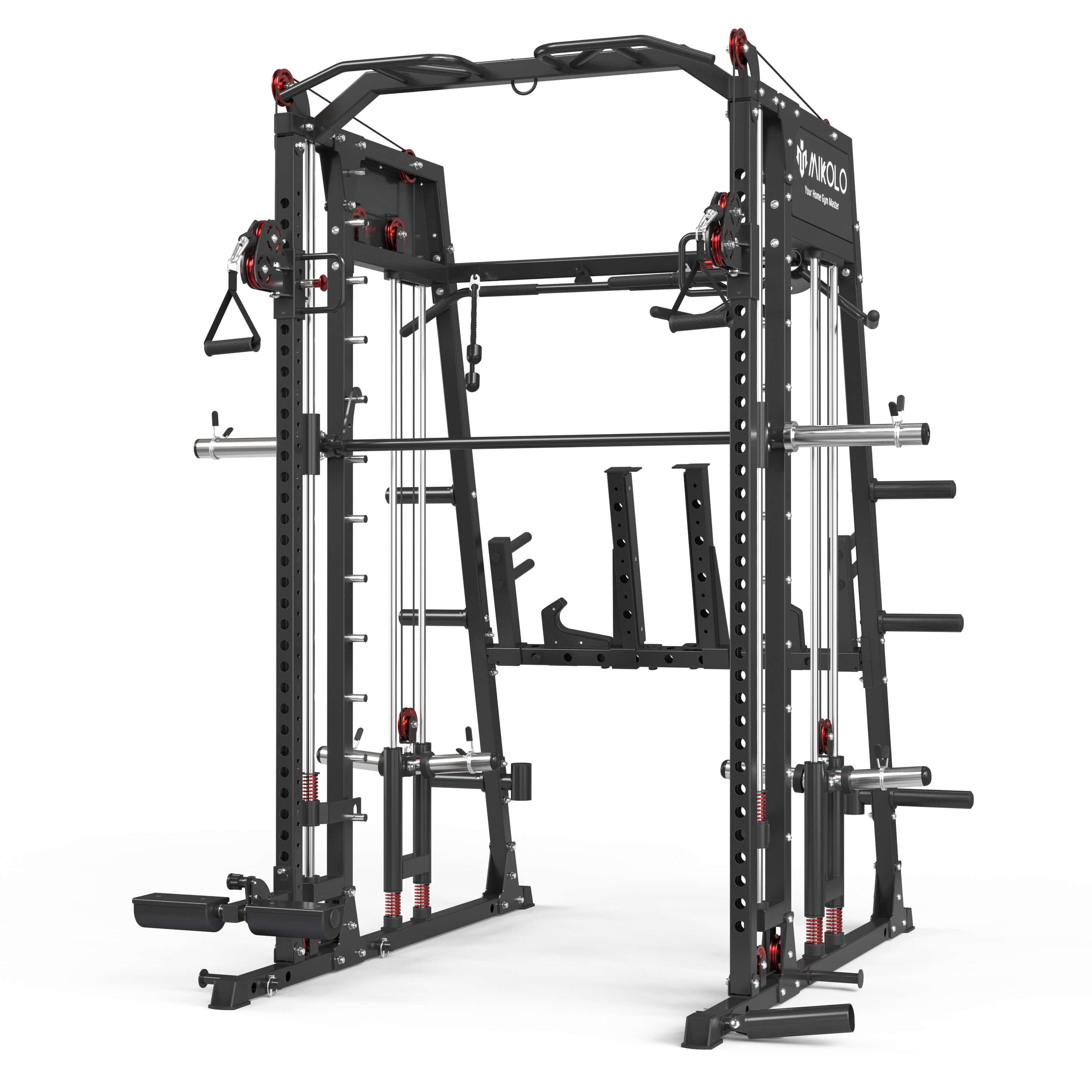
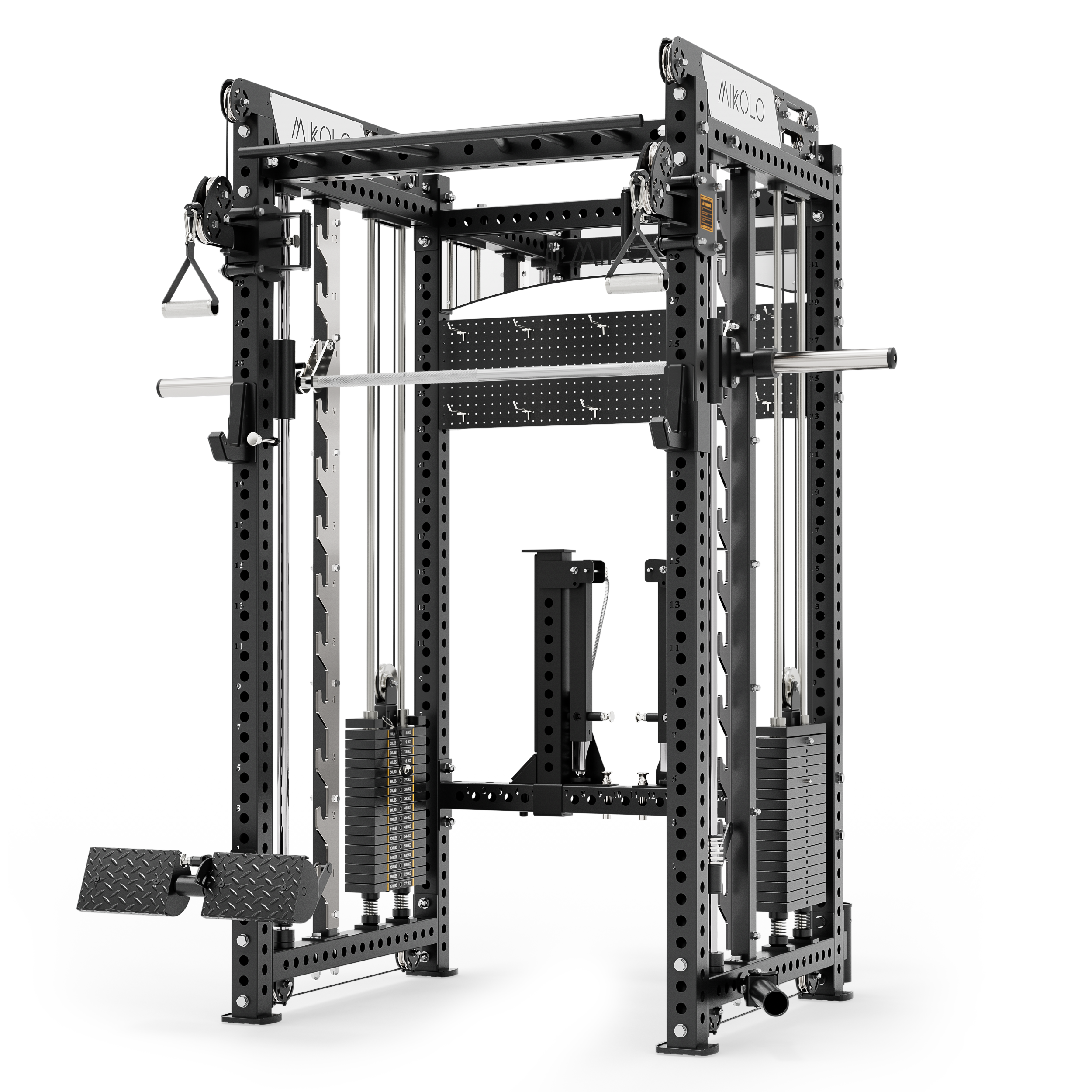
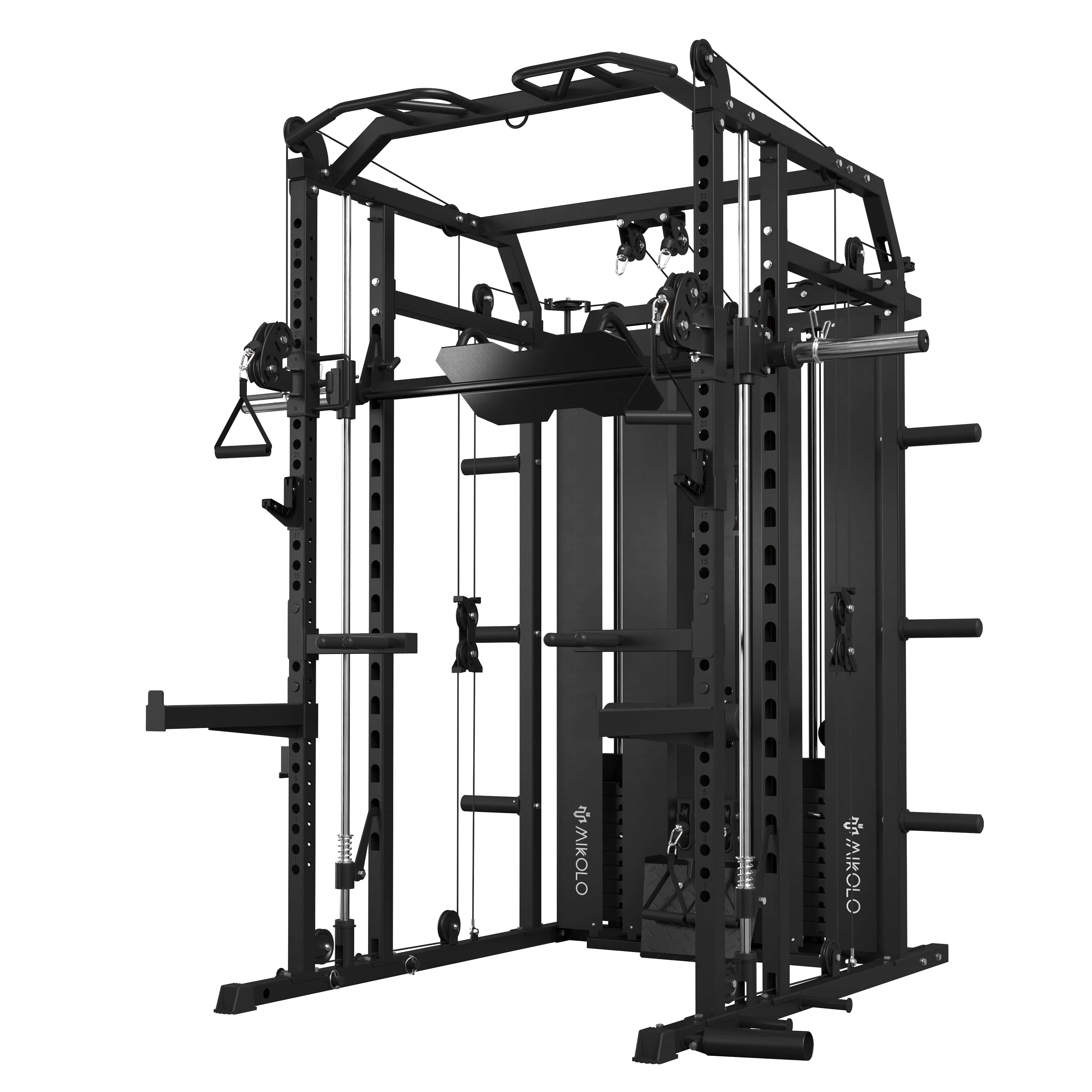
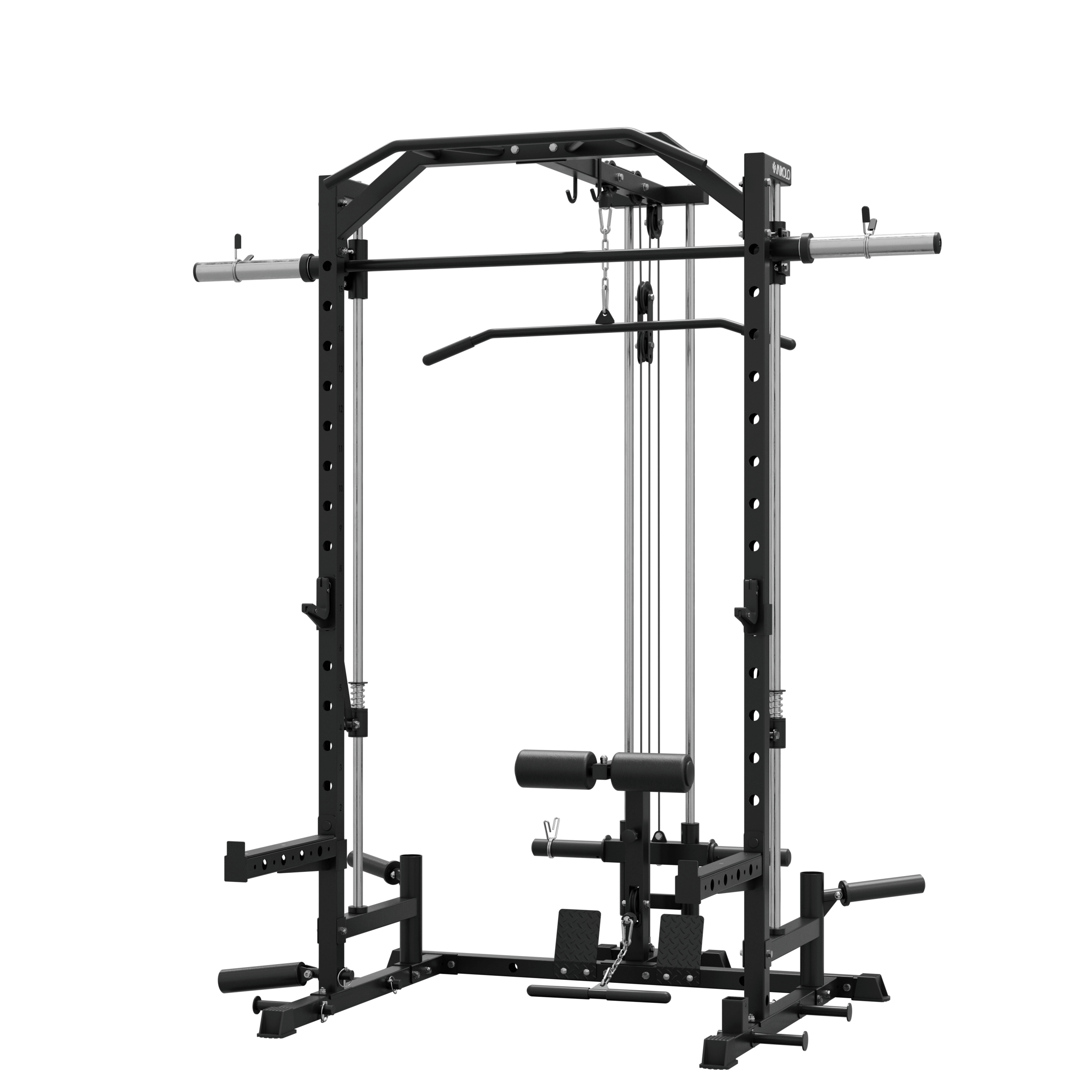
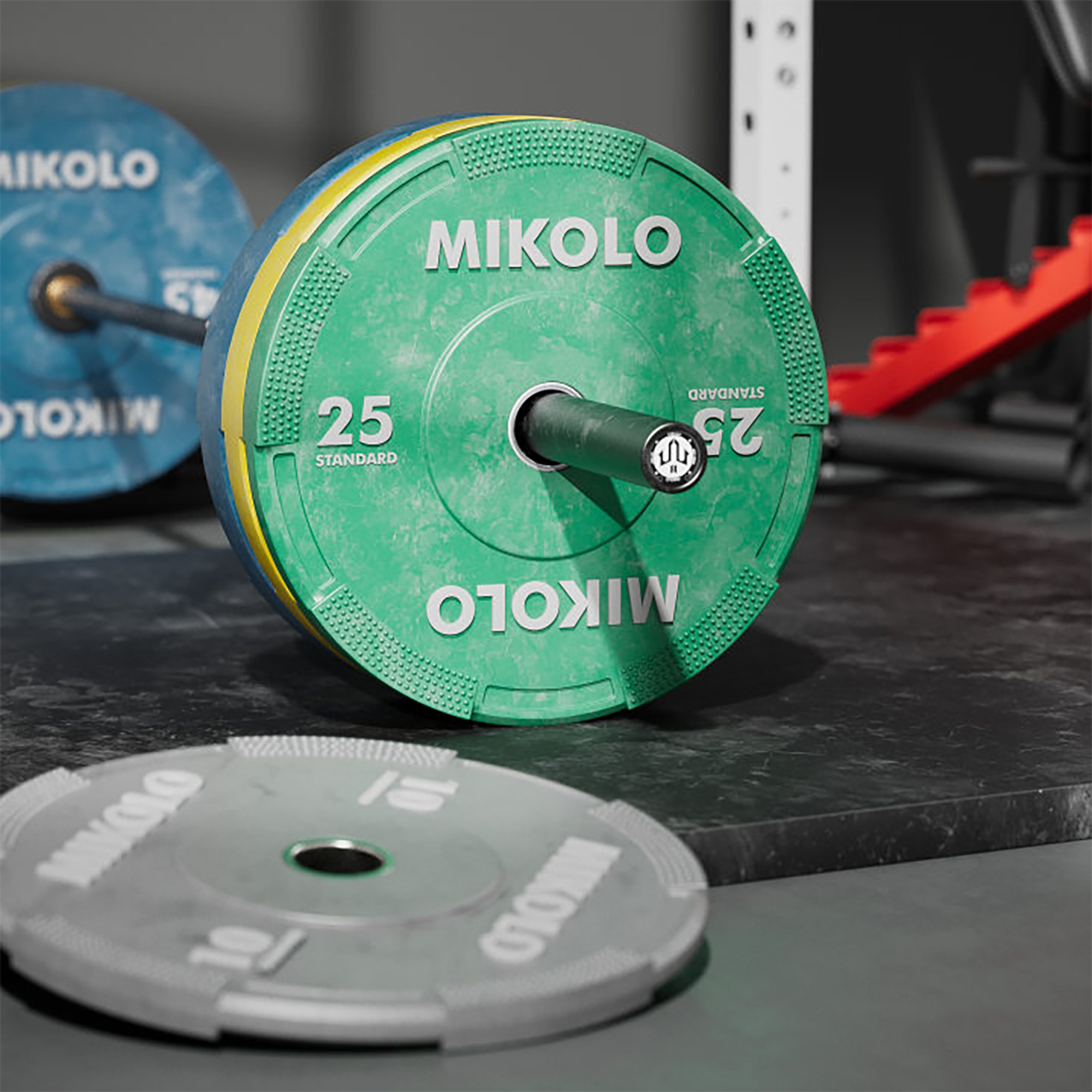













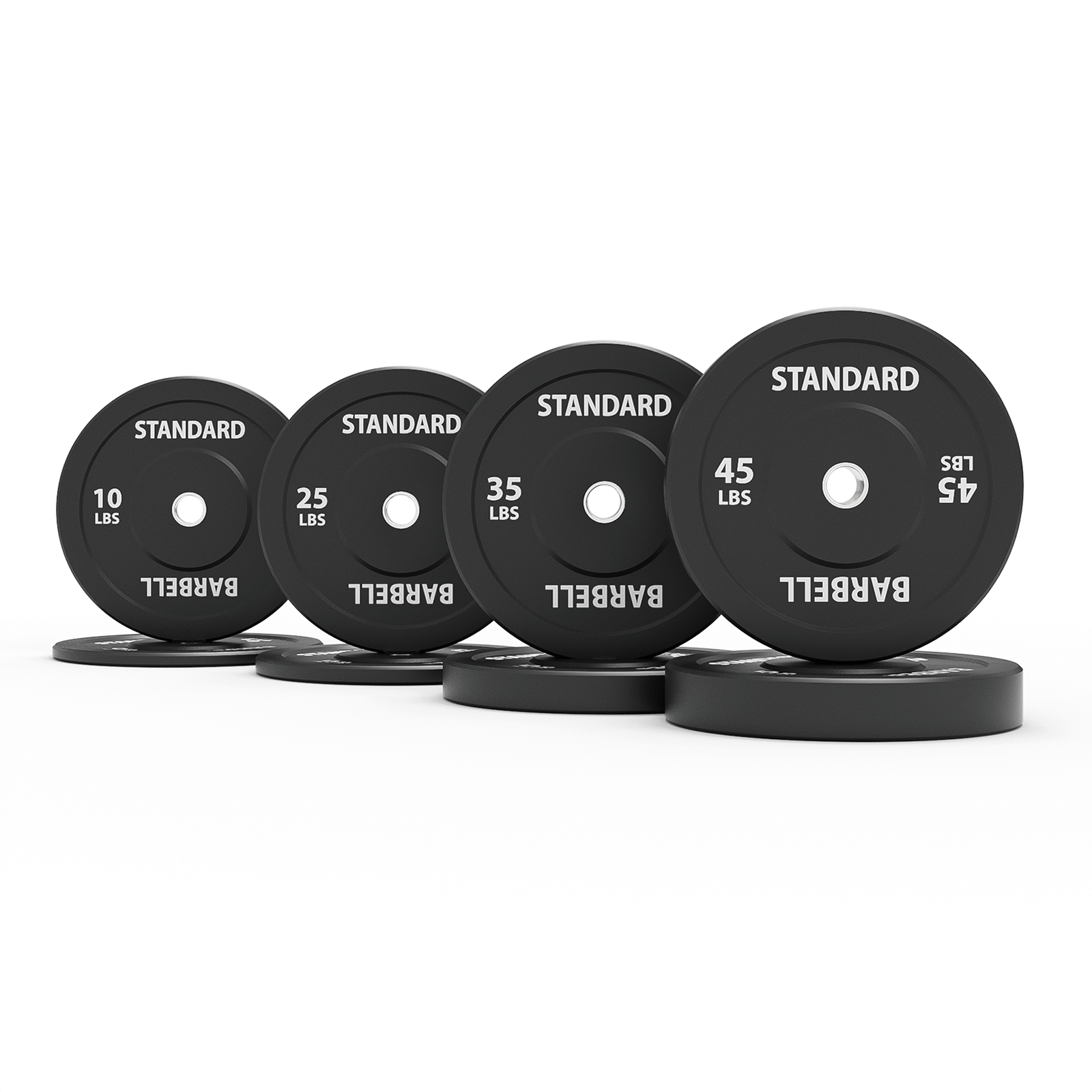





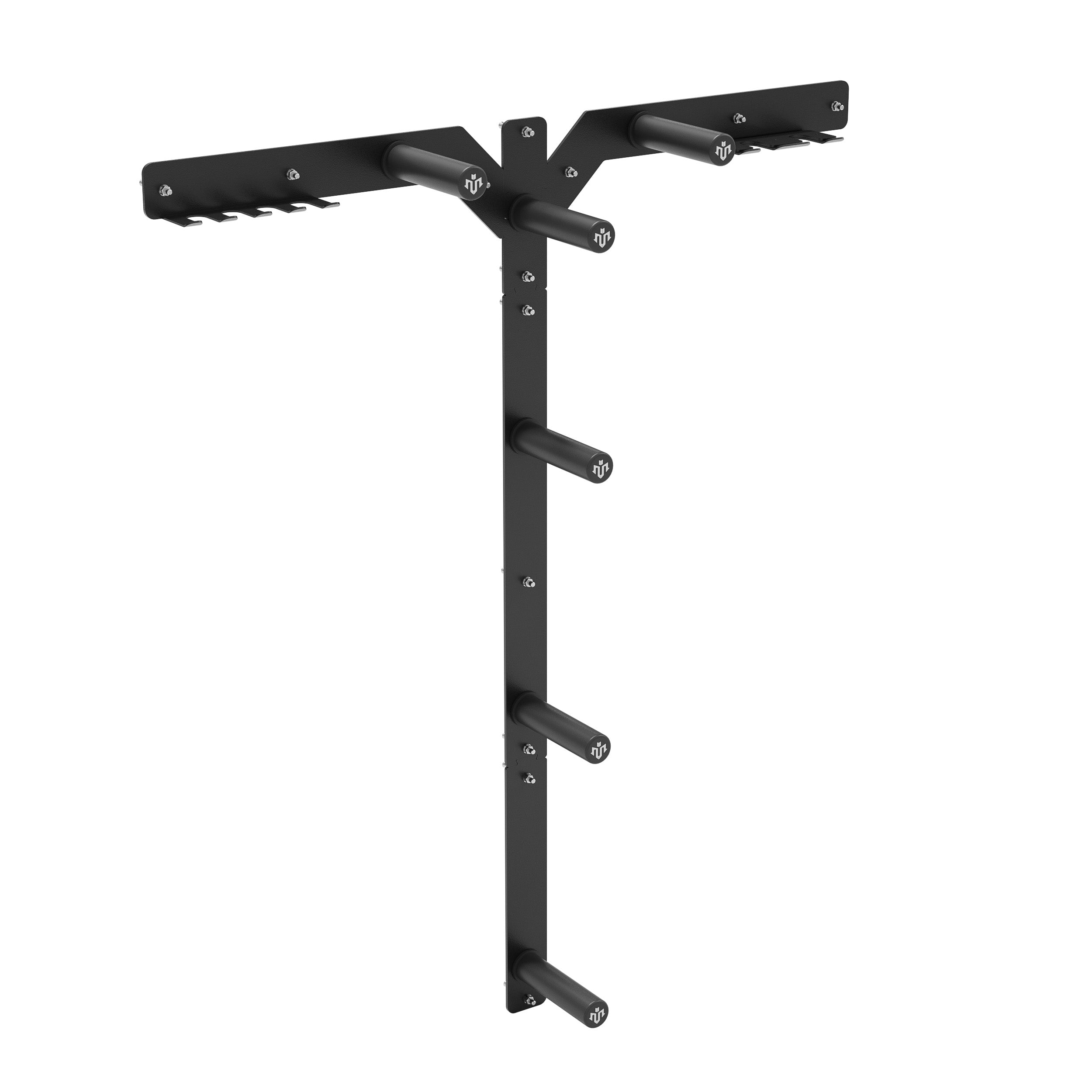




Leave a comment
This site is protected by hCaptcha and the hCaptcha Privacy Policy and Terms of Service apply.